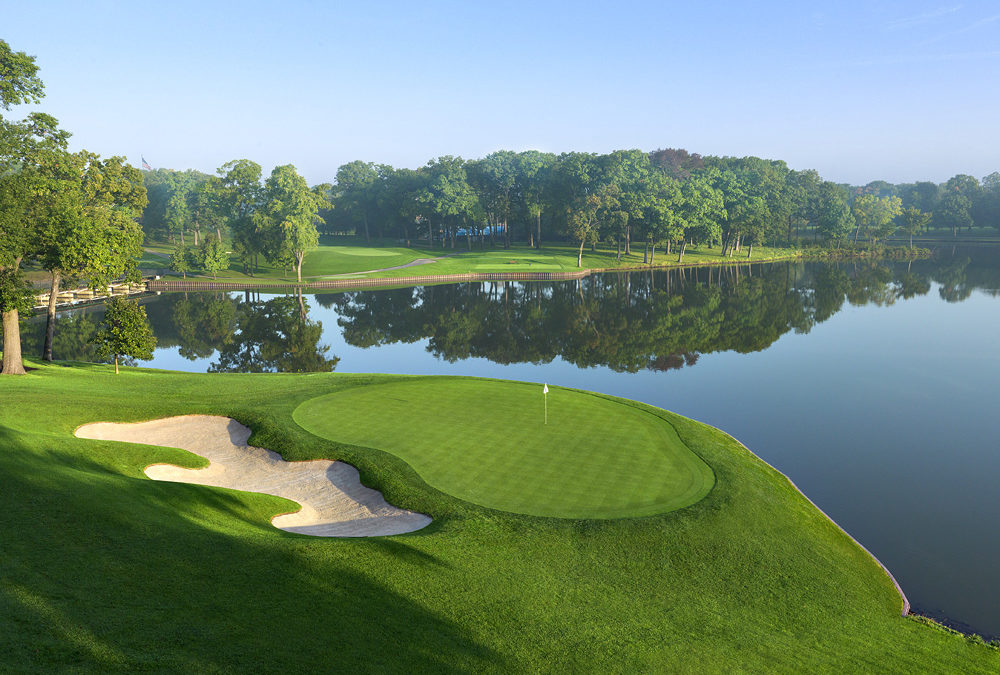A restoration to the famed Medinah Country Club No. 2 outside Chicago, by ASGCA Past President Rees Jones (Rees Jones, Inc.) includes the introduction of the Longleaf Tee System to members. The course, restored to Tom Bendelow’s original design, will re-open in June.
Golf Course Architecture reports on the extensive efforts from Jones and Steve Weisser, ASGCA, to bring new life to Bendalow’s design.
One interesting part of the project is the addition of the Longleaf tee programme – an initiative created by the US Kids Golf Foundation and supported by the American Society of Golf Course Architects Foundation
“This is being incorporated in a number of golf courses around the country to help the game grow and sustain people in the game,” Jones said. “There are seven sets of tees. Six of seven are able to be ranked and rated for the USGA, and so when a beginner plays they play the forward tee and as they get better they keep moving back. Then as you get older and you can’t hit it as far, you start moving forward again. I think this is going to be a golf course that every calibre of player, from the entry level player to the young player to the older player, can play and enjoy if they play the proper tees.
“No.2 hadn’t been touched for a very long time,” Jones explained. “The trees had overgrown, the greens had shrunk, and some of bunkers had been eliminated. So we restored it back to how Tom Bendelow designed it. Tom Bendelow lived in Chicago and this is one of the courses he spent a lot of time on, and there are a lot of great nuances to it because of that.”
Jones said that though the club’s three courses have differing qualities, on No.2, it’s the greens that really stand out.
“Bendelow had some really interesting green surfaces and we were able to expand them back and use the old shapes, which are unusual,” Jones said. “There are a lot of open entrances so they’re not hard to access. The bunkers are scattered much like many from that era, where they tried to build British links-style courses inland, and so all the bunkers weren’t right up against the surface of the greens.”
The complete article can be seen here.

